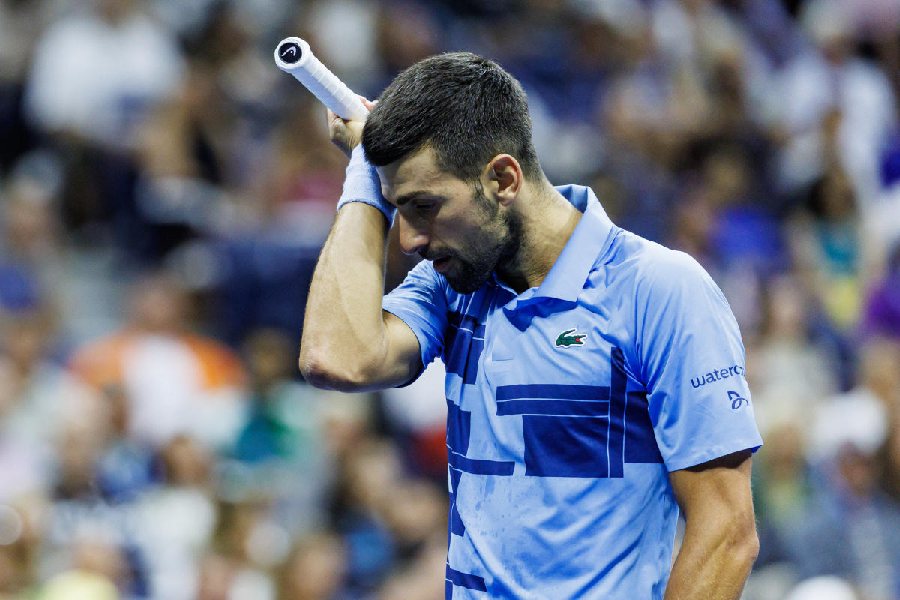Increasing production has led to more worries in the tea industry.
Figures released by the Tea Board of India on Tuesday revealed that tea production in the country has climbed to 1,389.70 million kg in 2019 from 1,338.63 million kg in 2018.
Assam’s tea production in 2019 is 715.79 million kg, which is an increase of 23.88 million kg compared to 691.91 million kg in 2018.
The share of the big growers is 704.62 million kg while of the small growers is 685.08 million kg. Figures for other areas revealed that Bengal’s tea production is up by 30.06 million kg in 2019 compared to 2018 while south India’s tea production went down by 5.83 million kg in 2019 compared to 2018.
North Eastern Tea Association (NETA) adviser Bidyananda Barkakoty told The Telegraph that supply mismatch is one of the reasons for low realization of price at farm-gate level and the worry is how to survive with such huge production.
Industry observers say the prices at the auctions have remained static for the last five years or so and coupled with increasing cost of inputs, price realisation is not commensurate with the cost of production.
“The central and state governments need to take proactive steps to increase consumption of tea in domestic market through aggressive marketing strategy and generic promotion of tea in domestic market is one way,” Barkakoty said.
While another immediate solution for survival for the organised sector tea estates is firstly to fix a minimum acceptable green leaf quality (40 per cent fine leaf for Assam) and secondly to fix a minimum price of green leaf, he added.
“Enabling cheap and rubbish tea production is another problem,” a tea producer in Upper Assam said.
A source in the Tea Board said stopping new factories for one year could be another way of curtailing production.
Some tea associations have called for restricting new planting of tea on land which was not previously planted with tea, for a period of five years which is critically required so that an equilibrium is reached between the supply of tea and its consumption.
Some tea producers argue that how come oversupply impacts negatively only on the producers in the primary market and not all the segments of tea producers.
“The rapid growth of the small grower sector has led to the emergence of a dual business model, with completely different costs of production and one in which most of the organised plantations are faced with selling teas below their cost of production,” a tea planter said.










